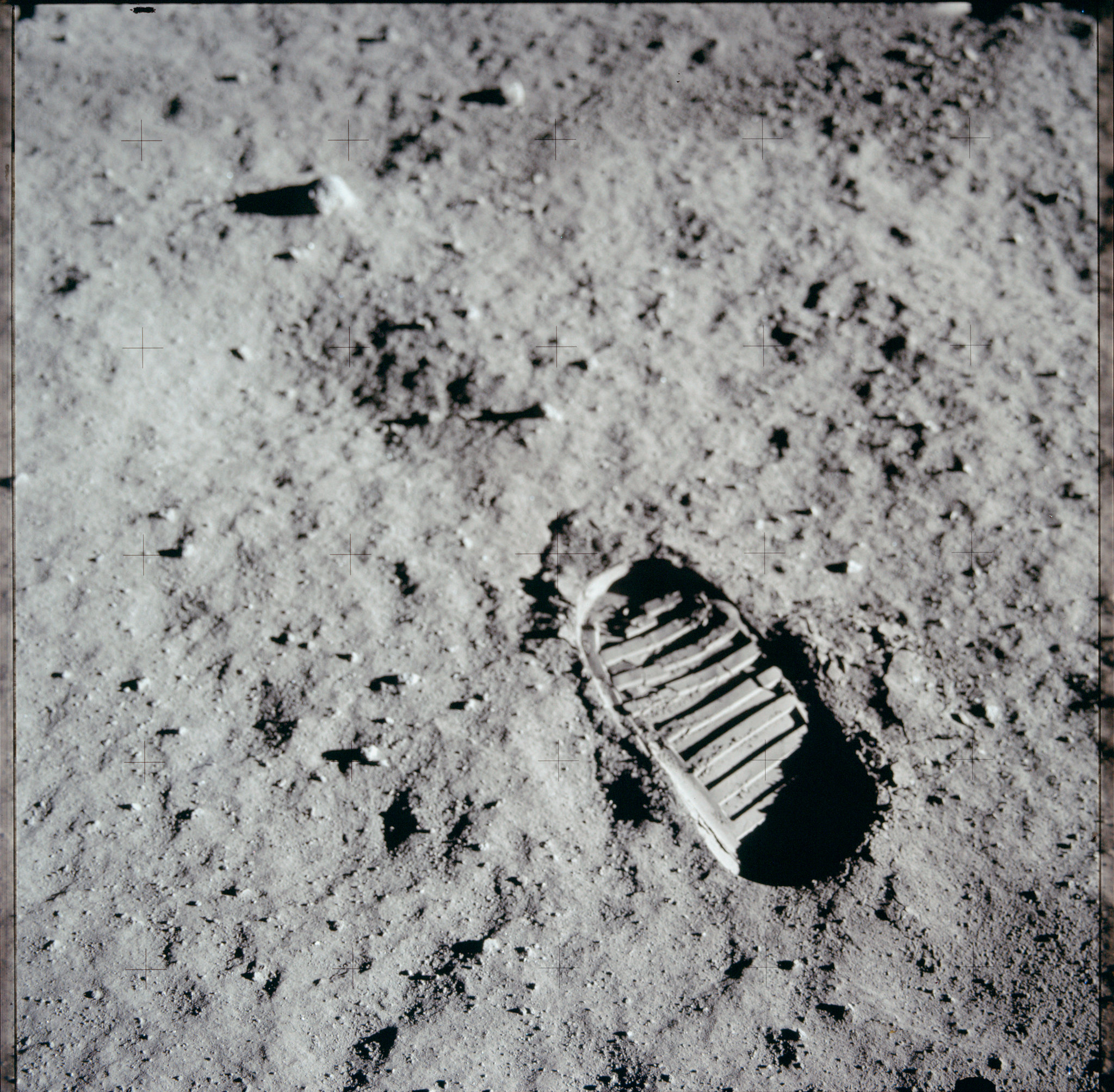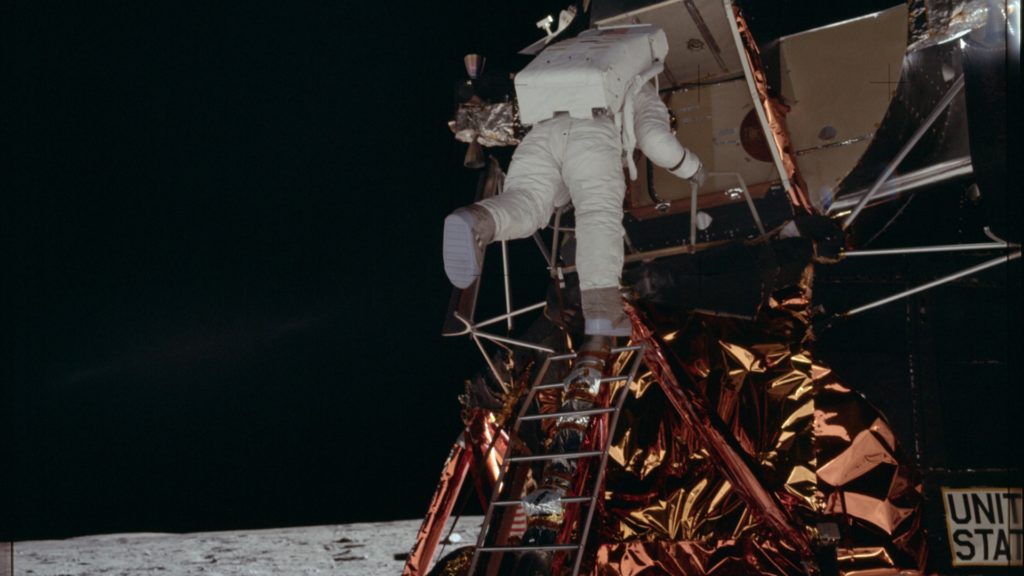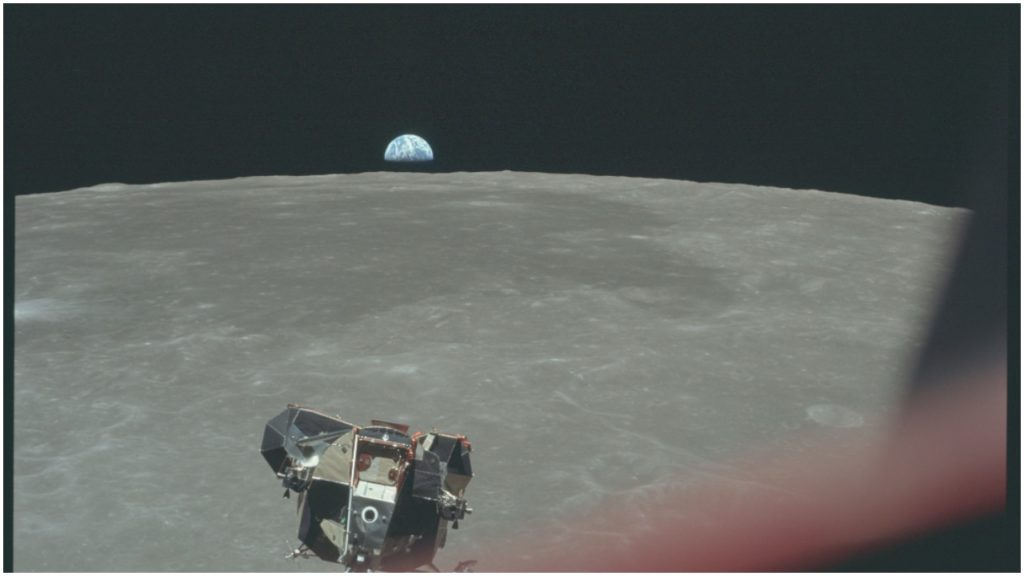When NASA’s Phoenix Mars Lander successfully completed its mission on the Red Planet, it had what Carla Bitter calls “bonus time.” While missions to Mars are typically 90 solar days long (also known as “sols” and approximately 40 minutes longer than a regular day on Earth), the Phoenix lander stayed almost 60 days after it landed on the planet’s North Pole region.
“We had all this extra time. We could run one more experiment. We could dig another hole. We could take one more photograph,” explains Carla, who managed education and public outreach (EPO) for this mission out of the University of Arizona (UA) where the program was headed.
The additional days allowed the team to lead the robotic spacecraft into a new season on Mars. And on September 29, 2008, before the Phoenix lander froze solid, it captured the first snowfall ever witnessed on another planet.
“It’s a testament to how well-engineered this lander was, how lucky we got and that we should invest for as long as we can in missions like these because the knowledge you’re going to get is amazing,” says Carla.
Over the years, missions like the Phoenix lander have helped impassion the public to question the boundaries of humanity and spark interest in the pursuit of interplanetary travel. During the Pheonix lander’s mission, for example, it was Carla's multidisciplinary and multi-agency EPO which earned her team the 2009 Excellence in Education & Public Outreach and Science Communication for a NASA Mission award. Her efforts brought the science, discovery and excitment of the mission to life through blogging, established the first Mars twitter account and created extensive international outreach through lectures festivals documentaries and media.
The EPO team's ability to piece the “data story, the energy story, the science story, [and the] human story” of the mission garnered a reach of 50 to 60 million people around the world.
However, Carla notes, the wonder and fascination of space is a newly built narrative, and one that was afforded to scientists and engineers years after the success of Apollo.
"Giant international and longstanding collaborations like the International Space Station are just the beginning of learning what it takes to keep humans in space."


